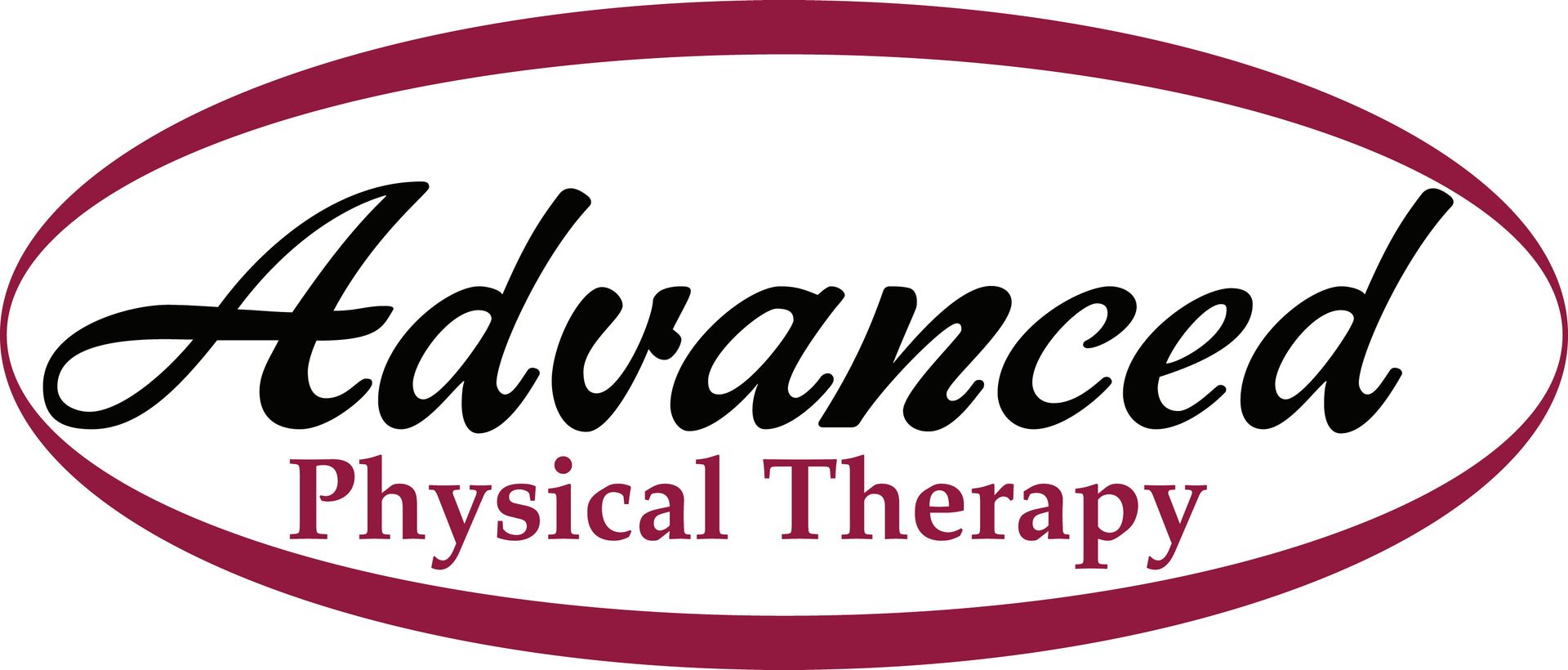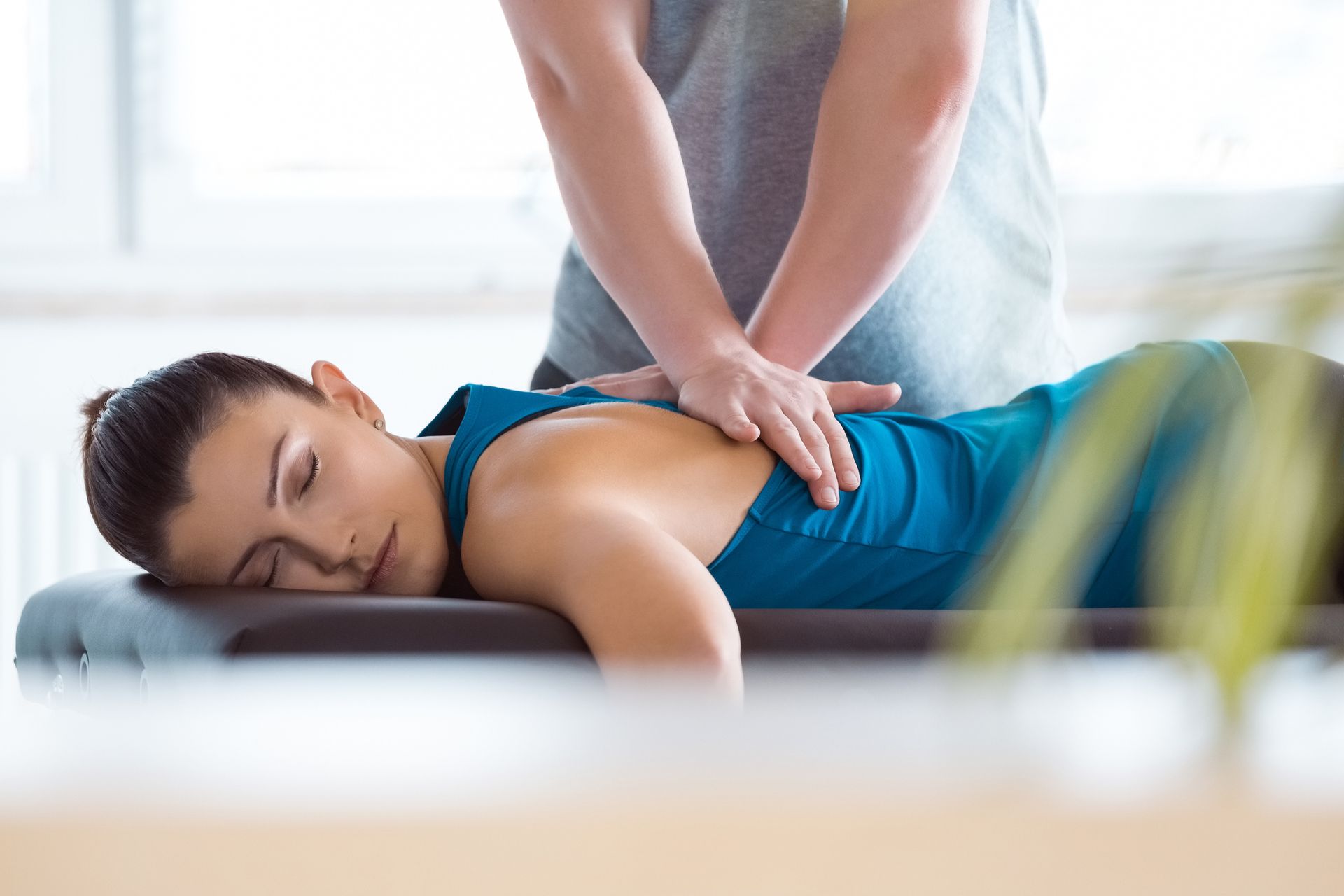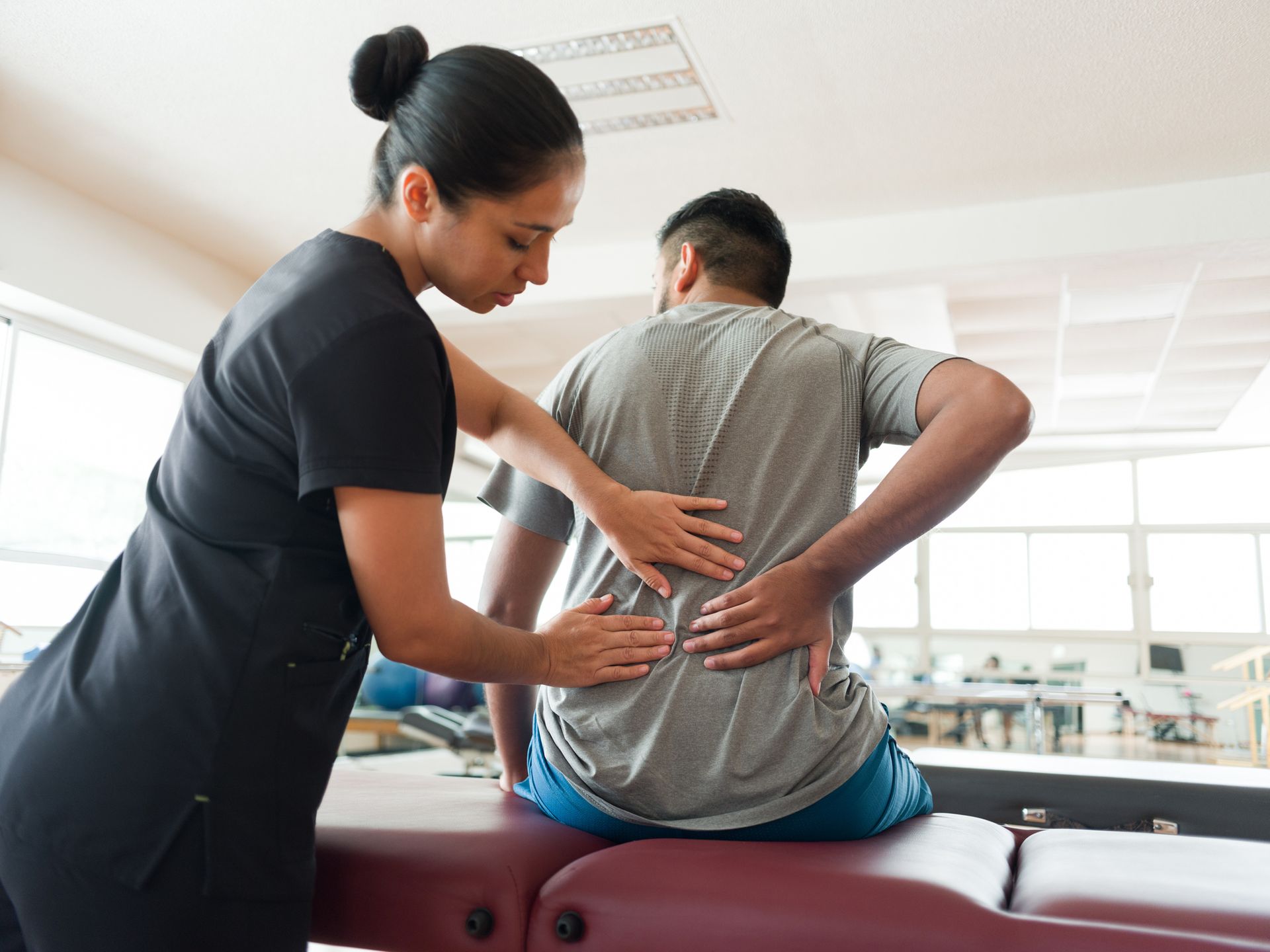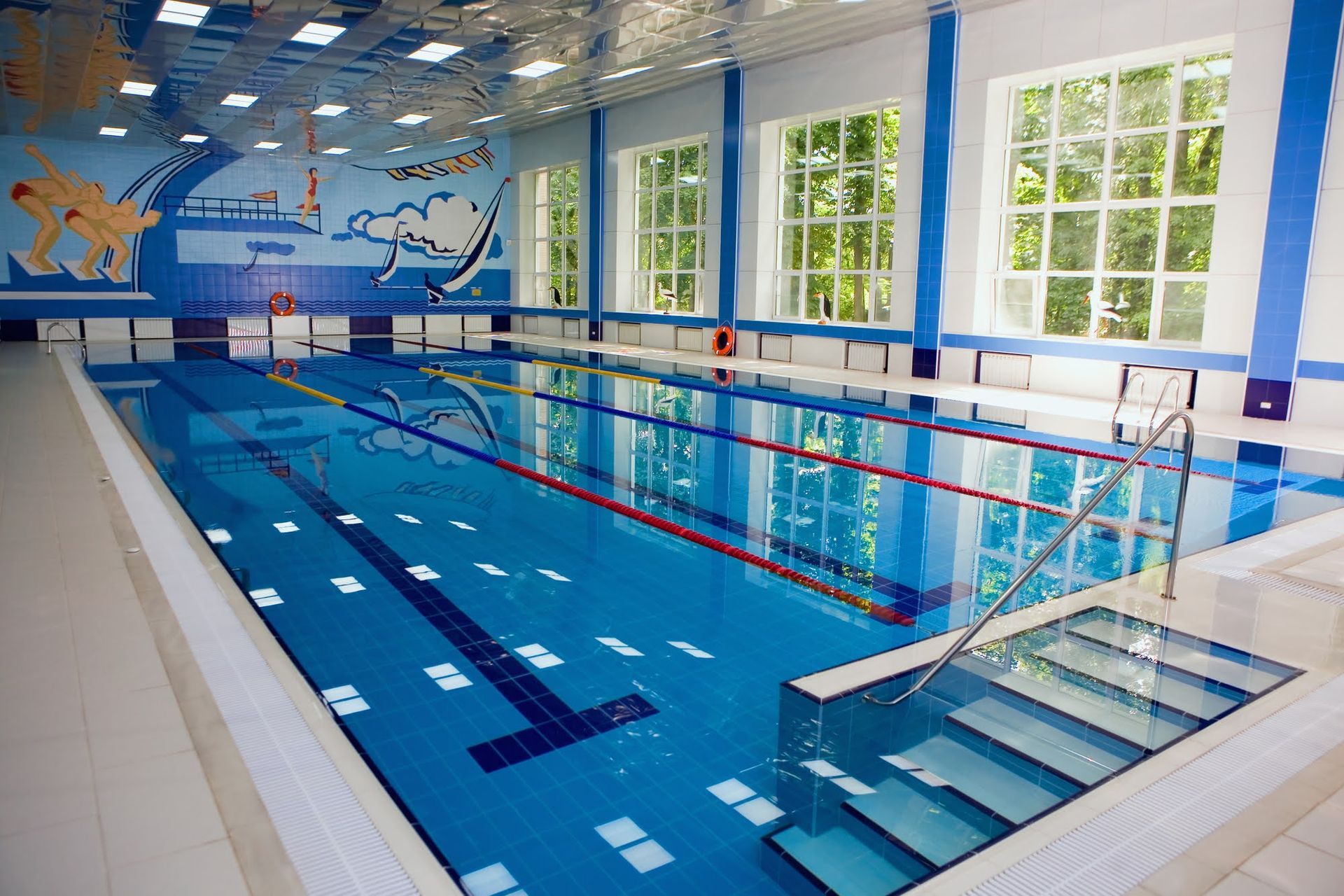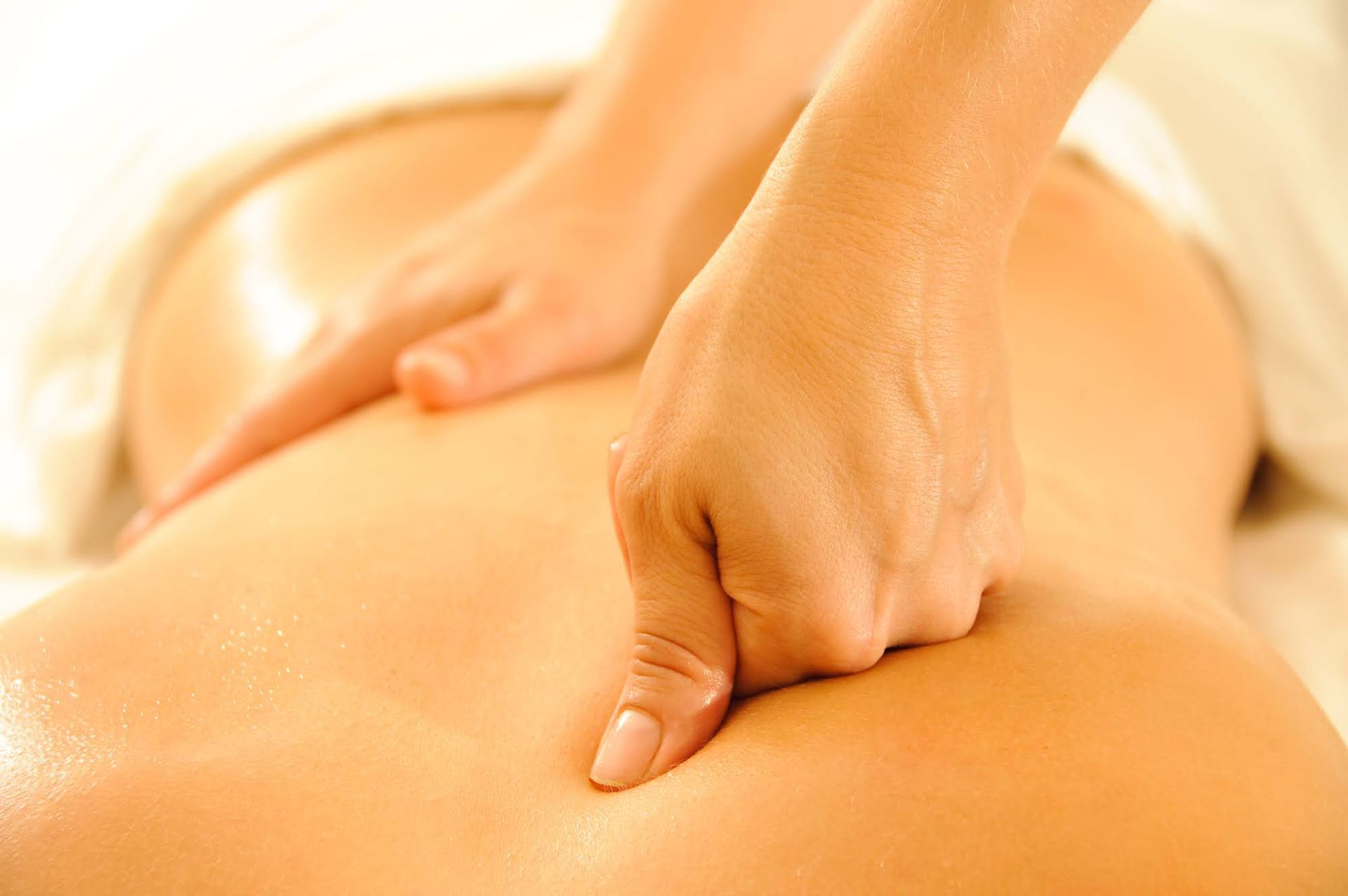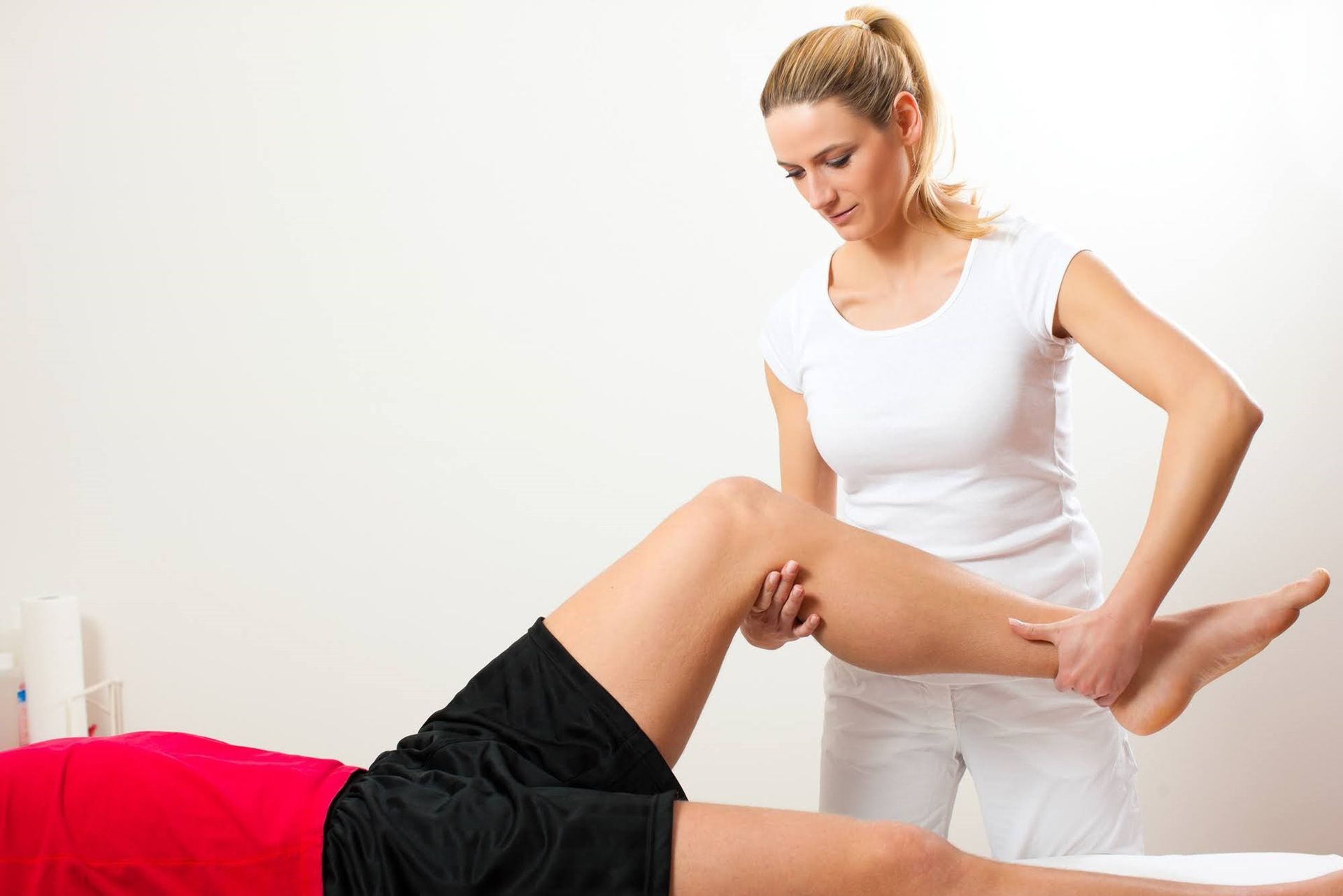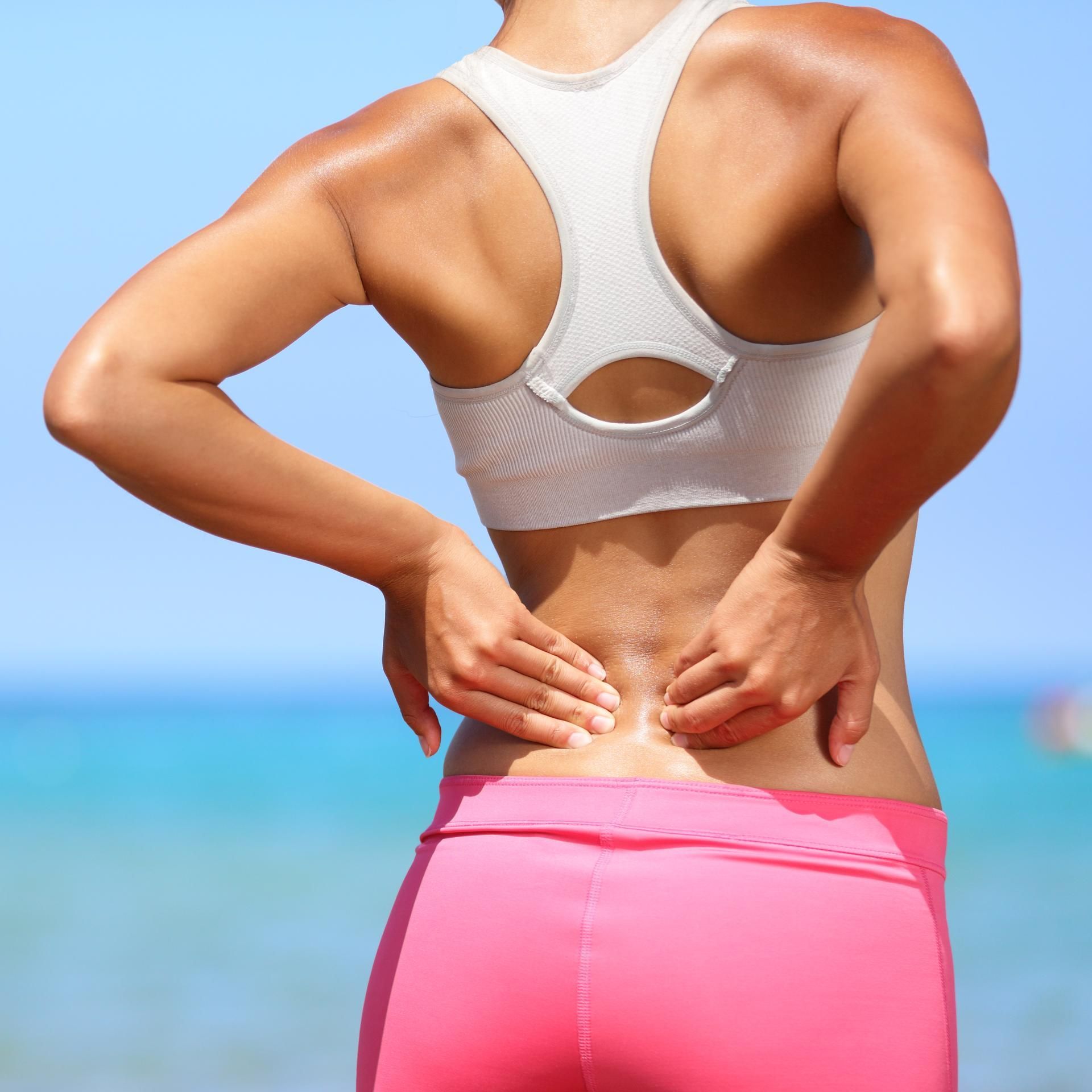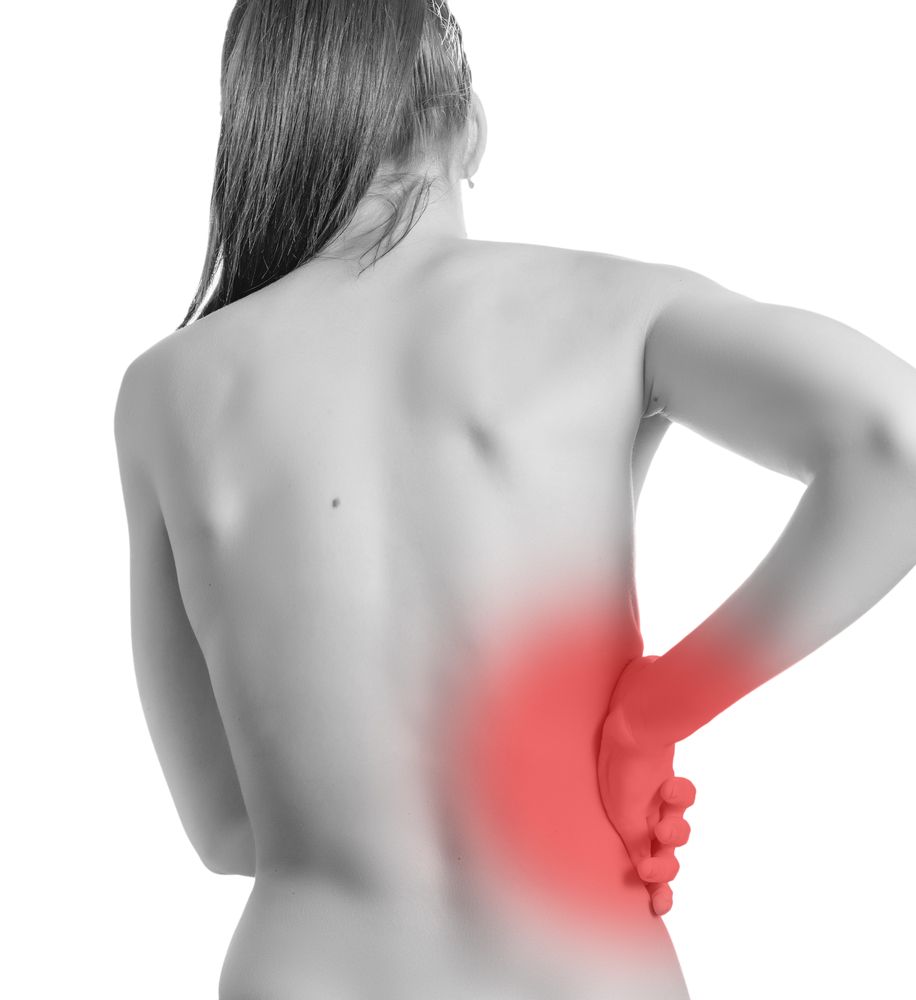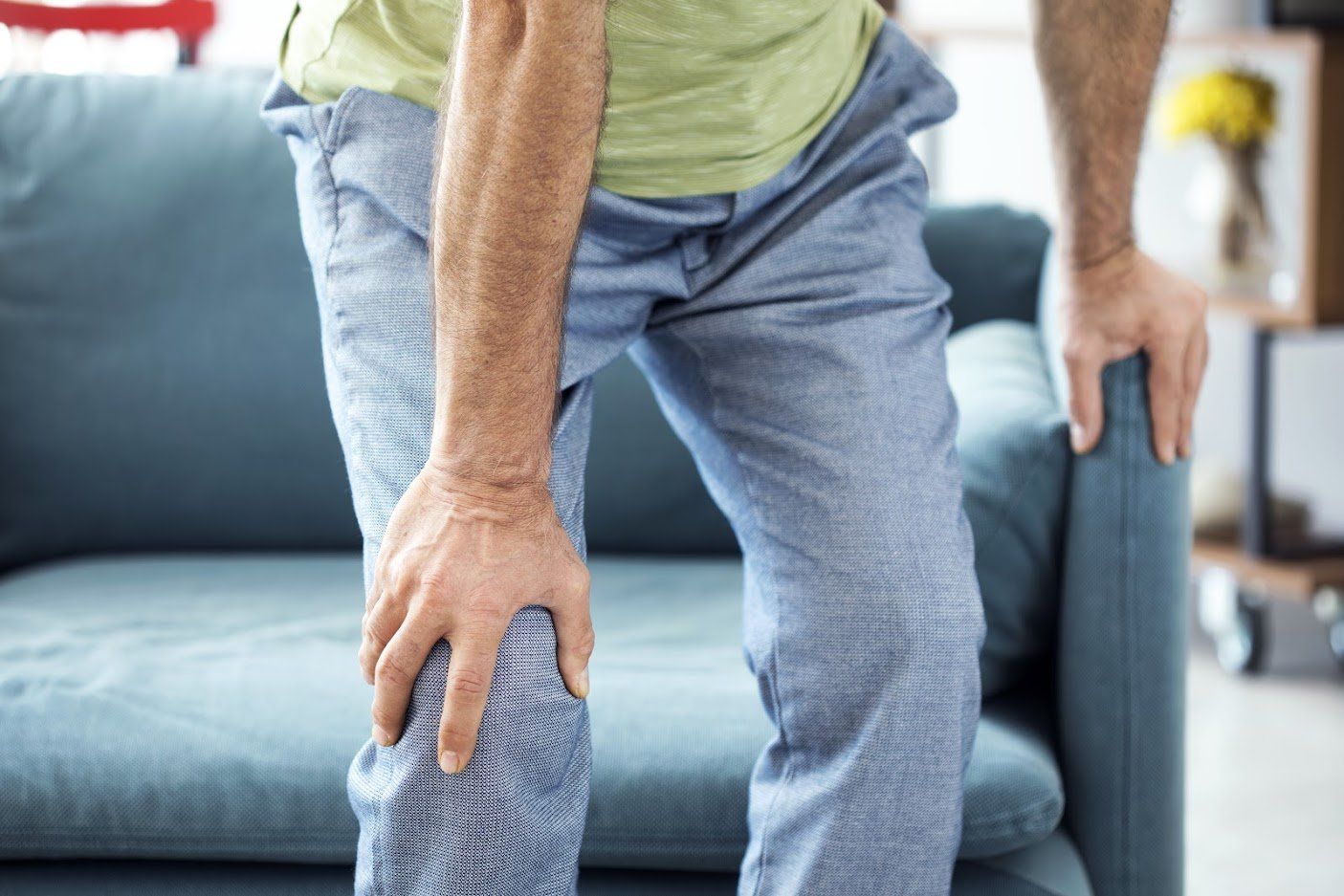What to Know About Pulmonary Rehab
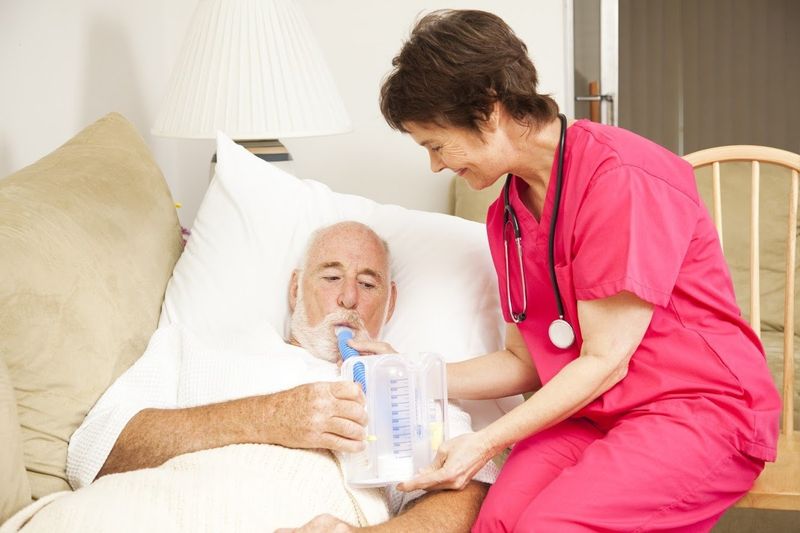
Breathing is supposed to come naturally, but many people struggle with breathing, especially when they are active. In some cases, breathing problems can affect your daily life, making it hard to do everyday tasks. If you would like to learn more, keep reading about pulmonary rehab and how it can help.
What Is the Goal of Pulmonary Rehab?
Overall, the goal of pulmonary rehab is to help you exercise without severe shortness of breath. This is done via education and exercises, but every patient is unique. For example, a young patient with asthma may want to improve their lung function enough to play sports, but a geriatric patient may simply want to walk to the mailbox without getting winded.
When you and your rehab therapist get started, you'll need to come up with different types of goals, including short-term goals, functional goals, impairment goals, and lifestyle goals. Short-term goals are milestones that help celebrate your hard work, which may motivate you to keep going to reach those long-term goals.
Functional goals are goals that improve your day-to-day life, such as being able to walk into work or up the stairs without getting winded. Impairment goals are big goals that are designed to overcome some of your impairment. Finally, lifestyle goals might include breathing techniques, quitting smoking, quitting alcohol, eating healthy foods, etc.
Who Is a Good Candidate for Pulmonary Rehab?
A good candidate for pulmonary rehab will have some condition that impacts breathing, such as asthma, pulmonary fibrosis, a lung transplant, chronic bronchitis, or COPD, amongst other conditions. Your doctor may also recommend pulmonary rehab if you are at high risk of developing a cardiovascular disease that puts you at risk of a heart attack or heart failure.
Neuromuscular diseases can also impact your lung function. These include Parkinson's, multiple sclerosis, post-tuberculosis syndrome, diaphragmatic dysfunction, and others.
To be a good candidate, you must also be willing to learn more about your overall health, disease, and lungs, so you can make better choices. For example, your rehab therapist will likely suggest lifestyle changes, such as eating more healthily or starting an exercise routine. If you are not willing to do this, your rehab won't succeed.
What Exercises Are Involved in Pulmonary Rehab?
The exercises used in pulmonary rehab are designed to improve circulation, strengthen the cardiovascular system, strengthen lungs, improve flexibility, reduce body fat, reduce stress, etc. For this reason, you may have many types of exercises that involve stretching, strengthening, and improving aerobic strength.
Your therapist will help you craft an exercise routine that works for you, but it should include a warm-up, a conditioning phase, and a cool down. Stretching is a good way to warm up and cool down. Some people prefer to warm up by starting the exercise with low intensity. They may cool down this way, too.
The conditioning phase is the meat of your exercise routine because this is where you strengthen muscles and your cardiovascular and respiratory system. Make sure to start at a lower intensity and slowly work your way up as you get stronger.
You and your therapist will choose the right intensity based on the Rated Perceived Exertion (RPE) Scale, which rates activity from zero to ten. A zero means you are exerting no energy (such as sitting on the couch), and a ten is how you feel after intense and vigorous activity. On average, you want to stick between a three and four (moderate to somewhat heavy).
If you are having trouble breathing or feel like you're using too much energy for everyday actions, you may need pulmonary rehab. If you would like to know more about pulmonary rehab, or if you want to schedule an appointment,
contact us today at Advanced Physical Therapy.

